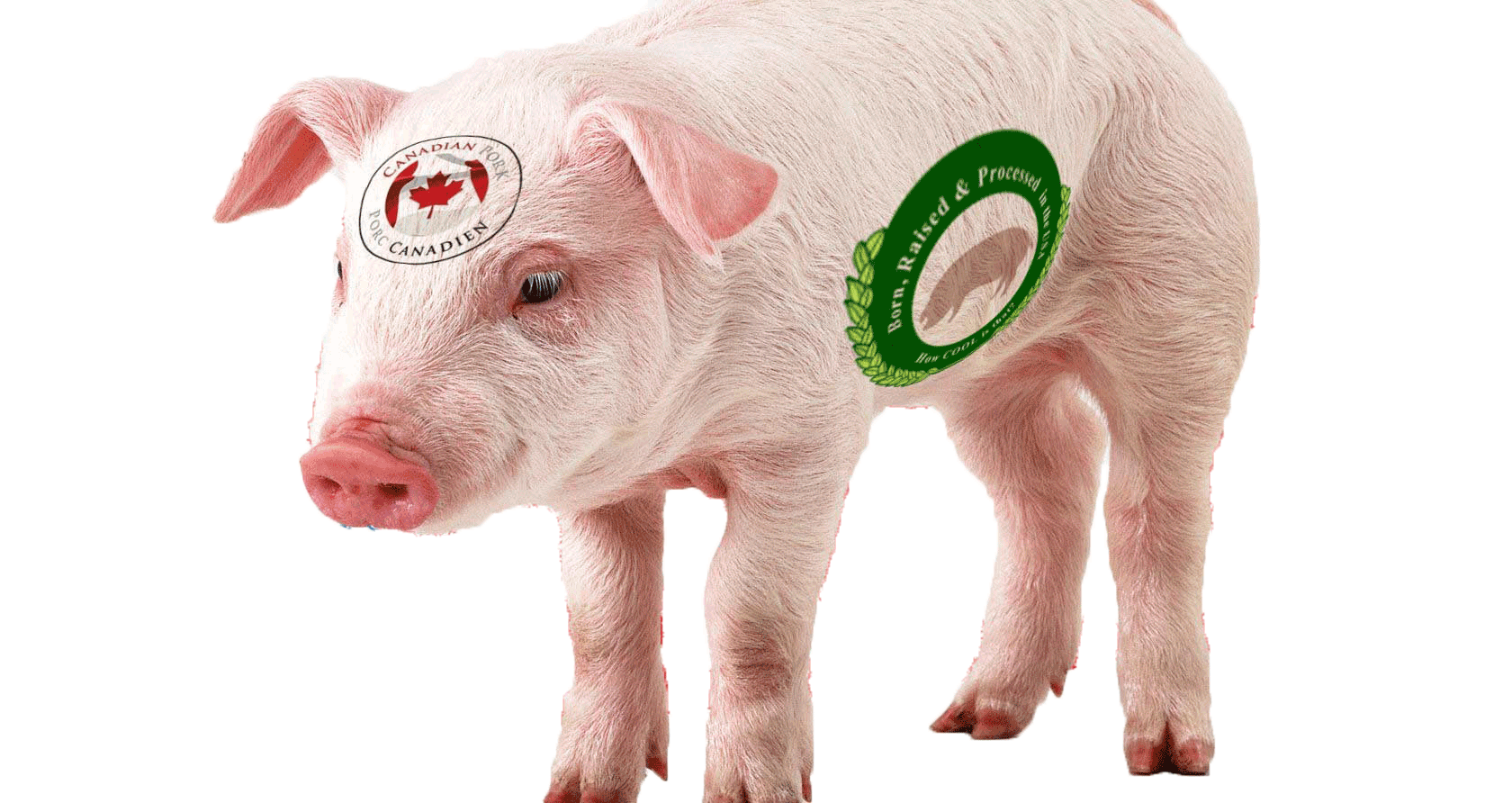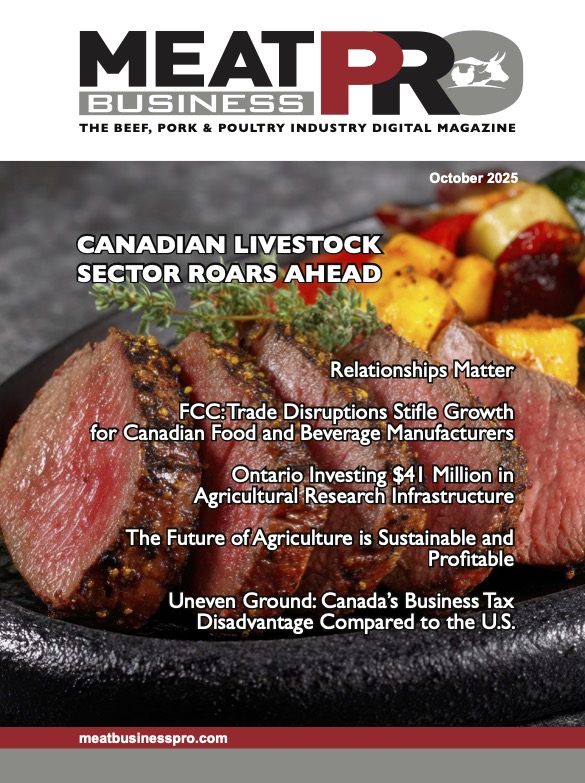Canadian Pork Exports to Mexico Soar as Trade Wars Bite U.S. Farmers

Canada’s pork exports to Mexico soared last year as retaliatory tariffs against the United States drove buyers away from American farmers and toward alternate suppliers
Naomi Powell – Financial Post
Shipments of Canadian pork to Mexico jumped 22.5 per cent to nearly 139,000 tonnes between January and November 2018, according to Statistics Canada, a bump industry analysts attribute to retaliatory tariffs imposed by the Mexican government in response to U.S. levies on steel and aluminum.
“There’s no doubt Canada is benefitting from those Mexican tariffs,” said Gary Stordy, director of government and corporate affairs at the Canadian Pork Council. “There’s still a significant amount of U.S. pork going into Mexico even with the tariffs, but we have certainly picked up sales on the periphery.”
Statistics for December were delayed because of the U.S. government shutdown.
“If the tariffs weren’t there, the U.S. would have sold a lot more product to Mexico but those sales are now going to Canadian producers”
Last May, President Donald Trump added Canada and Mexico to the list of countries facing levies of 25 per cent on steel and 10 per cent on aluminum imports. Mexico — the largest market for U.S. pork exports by volume — immediately struck back with an initial 10 per cent tariff on imports of unprocessed U.S. pork, escalating the levy to 20 per cent in July.
As a result, U.S. exports to Mexico that were expected to grow at a healthy clip last year plateaued as U.S. producers sold pork to their southern neighbours at deep discounts in order to offset the tariffs, said Christine McCracken, a senior analyst at Rabobank in New York. Indeed, while exports of U.S. pork to Mexico fell just one per cent to 717,000 tonnes between January and November 2018, the value of those sales plunged by 11 per cent to US$1.2 billion, according to data from the U.S. Department of Agriculture.
Meantime, much of the added demand in the Mexican market was scooped up by Canada.
“If the tariffs weren’t there, (the U.S.) would have sold a lot more product to Mexico but those sales are now going to Canadian producers,” McCracken said. “And there is a lot of extra demand in Mexico.”
Meantime, China — locked in its own trade dispute with the United States — has also targeted the U.S. pork sector, imposing average tariffs of 72 per cent on products including “variety meats,” the elbows, ears and feet that have little value in the U.S. but are in high demand in Asia. U.S. pork exports to the Asian nation for the year ended in November plunged 30 per cent to 202,000 tonnes, although other factors, including an outbreak of African swine flu in China have also contributed to the decline in demand, McCracken added.
Not surprisingly, the trade turmoil also drove down Canada’s pork exports to both the U.S. and China, its largest and second-largest markets respectively. Shipments to the U.S. and China fell nine per cent and 9.6 per cent, respectively in 2018, offsetting the gains in Mexico. Since Canadian prices track a U.S. benchmark, domestic producers have suffered alongside their American counterparts as hog prices plunged nearly 27 per cent over the past year.
“Unfortunately due to the integration of our markets, we need a strong U.S. industry to have a strong industry here,” said Stordy.
A significant bright spot is expected to await Canadian producers in Japan, where they will receive preferential market access under the newly ratified Comprehensive and Progressive Agreement for Trans-Pacific Partnership. The U.S. withdrew from the pact in 2016, leaving Canadian pork producers to enjoy a first-mover advantage in the market that could see current exports of 232,000 tonnes — up five per cent in 2018 — dramatically increase.
“We think Canada could ship more pork to Japan by mid-year than the United States does,” said McCracken.
The pork industry hopes Japan will not only add a lucrative market, but also form a base from which Canadian producers can make inroads into other southeast Asian countries, said Stordy. The industry has shifted its product offerings to include more higher-value chilled pork — designed to specifically to target Asian consumers.
“The Mexico gains can easily change,” he said. “But Japan is a huge market and we see it as an anchor for us going forward. From there, we can pivot into a lot of other countries, a lot of other places. So that’s where our sights are set right now.”











